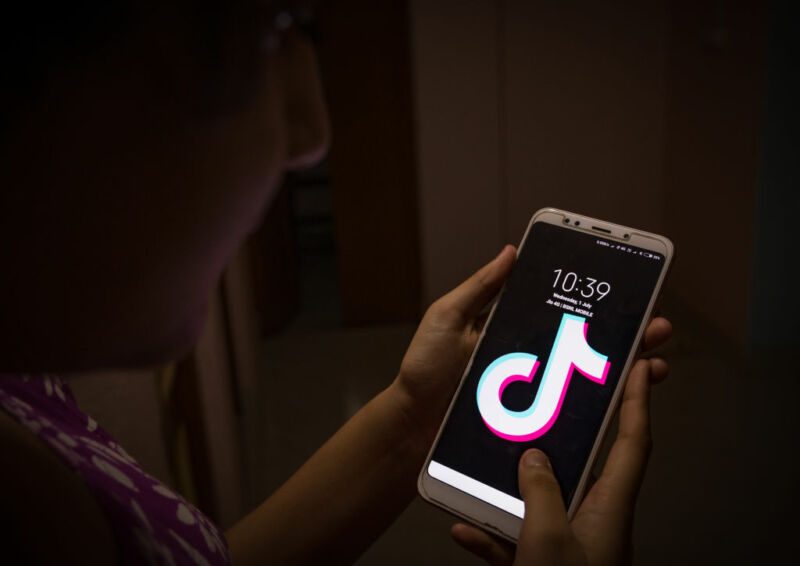An anonymous reader quotes a report from The New York Times: The average life expectancy of Americans fell precipitously in 2020 and 2021, the sharpest two-year decline in nearly 100 years and a stark reminder of the toll exacted on the nation by the continuing coronavirus pandemic. In 2021, the average American could expect to live until the age of 76, federal health researchers reported on Wednesday. The figure represents a loss of almost three years since 2019, when Americans could expect to live, on average, nearly 79 years. The reduction has been particularly steep among Native Americans and Alaska Natives, the National Center for Health Statistics reported. Average life expectancy in those groups was shortened by four years in 2020 alone. The cumulative decline since the pandemic started, more than six and a half years on average, has brought life expectancy to 65 among Native Americans and Alaska Natives — on par with the figure for all Americans in 1944. In 2021, the shortening of life span was more pronounced among white Americans than among Black Americans, who saw greater reductions in the first year of the pandemic.
White Americans saw the second-largest decline in average life expectancy in 2021, a drop of one year, to 76.4 in 2021 from 77.4 in 2020. The decline was steeper than that among Black Americans, at seven-tenths of a year. That was followed by Hispanic Americans, whose life expectancy dropped only two-tenths of a year in 2021. But both Black and Hispanic Americans were hit hard in 2020, the first year of the pandemic. Average life expectancy for Hispanic Americans fell by four years, to 77.9 from 81.9 in 2019. The figure for Black Americans declined almost as much, by more than three years to 71.5 years in 2020. White Americans experienced the smallest decline during the first year of the pandemic, a drop of 1.4 years to 77.4 from 78.8. For white and Black Americans, life expectancy is now the lowest it has been since 1995, federal researchers said. Asian Americans held the highest life expectancy among racial and ethnic groups included in the new analysis: 83.5 years, on average. The figure fell only slightly last year, from 83.6 in 2020. Americans suffer from what experts have called “the U.S. health disadvantage,” an amalgam of influences that erode well-being, Dr. Woolf said. “These include a fragmented, profit-driven health care system; poor diet and a lack of physical activity; and pervasive risk factors such as smoking, widespread access to guns, poverty and pollution,” says the report.
“The result is a high disease burden among Americans, and shorter life expectancy compared with that in comparable high-income nations over the last two decades.”
Read more of this story at Slashdot.
Source: Slashdot – US Life Expectancy Falls Again In ‘Historic’ Setback





